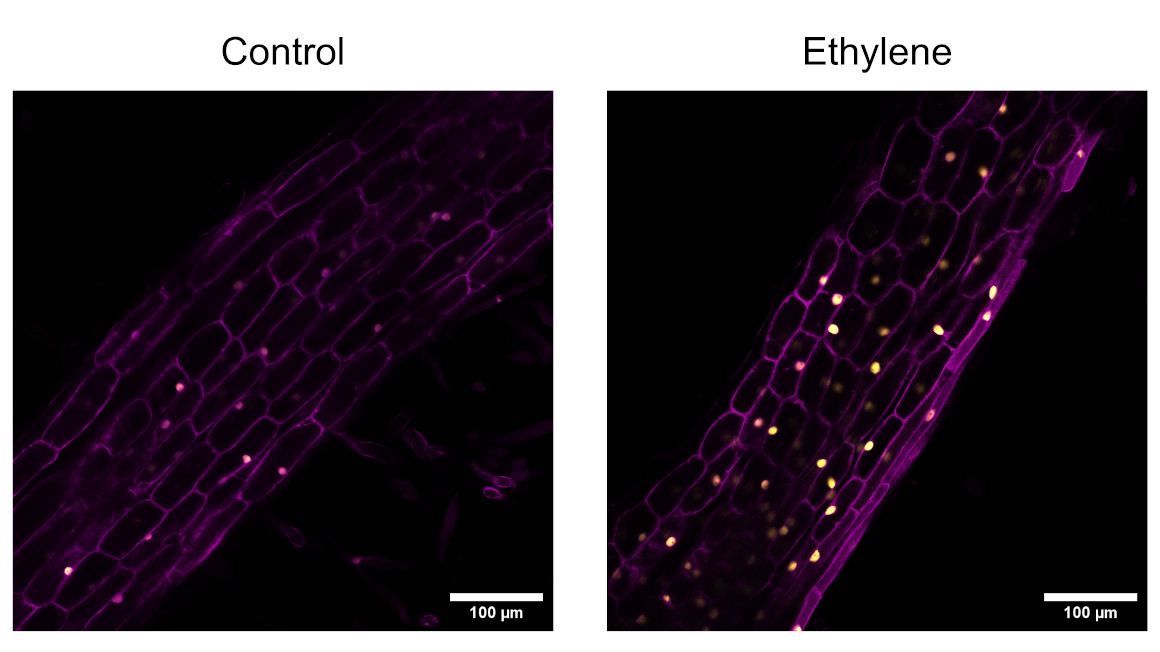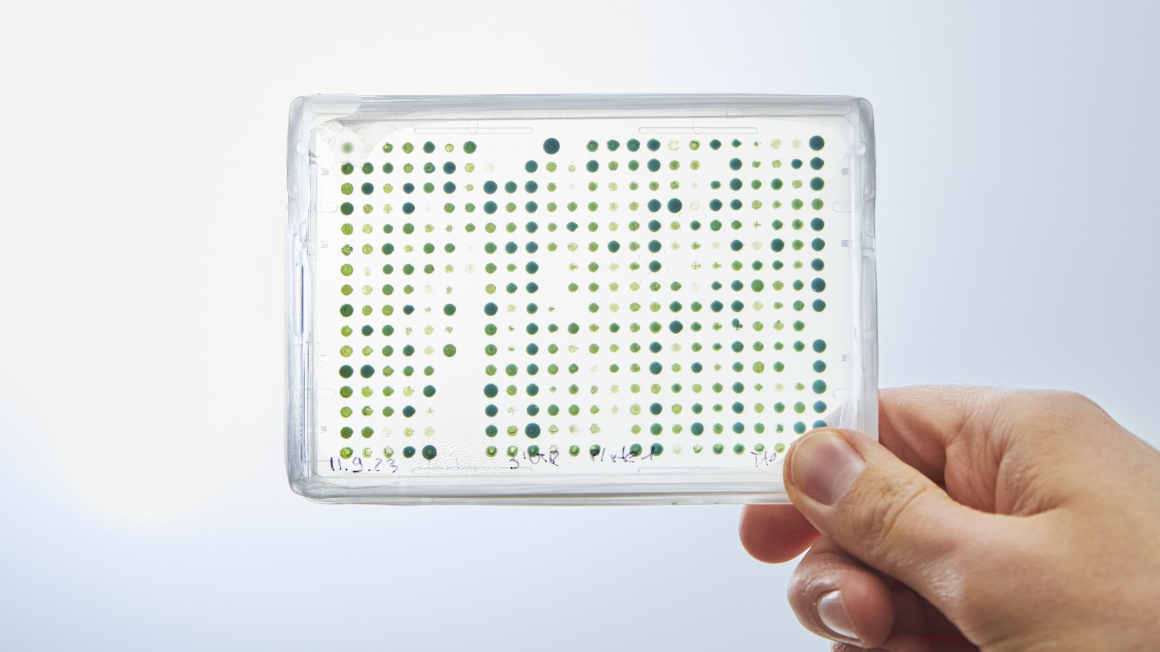Hormones control interaction between plant and root fungus
A team led by Max Planck researcher Caroline Gutjahr from Potsdam has been able to clarify how plants control the symbiosis with fungi under stress conditions.

The majority of plants live in symbiosis with mycorrhizal fungi. This subterranean symbiosis is equally beneficial for plants and root fungi. But how do such symbioses develop and how do plants decide whether or not to interact? A team led by symbiosis researcher Caroline Gutjahr from the Max Planck Institute of Molecular Plant Physiology in Potsdam has provided new insights into this.
Role of arbuscular mycorrhiza in symbiosis
The study focused on arbuscular mycorrhiza - a particularly close form of symbiosis. Here, fungi colonize the plant root and form small tree-like structures, the arbuscules, in the root cells. Important nutrients and water are then transported from the soil to the plant via the fine root system in the soil, the so-called hyphae of the fungi. In return, the fungus receives carbohydrates and lipids from the plant, which the plant obtains from photosynthesis.
The symbiosis between plant and fungus has proven itself over millions of years. But there are also exceptions. Under certain conditions, plants reject such an interaction. As part of the study, the Potsdam researchers investigated which processes in the roots of the plant allow or reject symbiosis.
Plant hormone ethylene regulates symbiosis under stress
As the team writes in the journal Nature, hormones play a key role in symbiosis. In particular, the influence of the stress hormone produced by the plant has been elucidated. “We have known for around 40 years that the gaseous plant hormone ethylene, which is produced by plants under stress, for example during flooding, inhibits the symbiosis between plants and fungi,” explains Gutjahr. “We have now learned which processes take place in the plants and how different plant hormones interact. We finally know what happens when plants decide for or against this partnership through ethylene production.”
The study revealed that the plant hormone ethylene - contrary to previous assumptions - does not lead to a defense by the plant's immune system against the fungus. Instead, it leads to an accumulation of the central regulatory protein SMAX1, which can suppress a number of plant genes that are responsible for the formation of the symbiosis. “Under unsuitable environmental conditions, the plant produces a hormone that inhibits its symbiosis genes. The formation of the symbiosis is reduced or no longer permitted,” the researchers write. If the conditions change, other hormones take over and ensure the degradation of SMAX1. In collaboration with researchers in California, the Potsdam scientists were furthermore able to show that ethylene also promotes the accumulation of SMAX1 in plants that have lost the ability to form symbioses with fungi.
Important findings for breeding stress-resistant crops
With their study, the researchers were not only able to clarify how plants regulate the symbiosis with fungi under stress conditions. They also provided important insights for the breeding of crops that enter into beneficial partnerships with fungi even under altered stress or climatic conditions, thereby securing harvests.
In 2023, Caroline Gutjahr received the coveted Consolidator Grant from the European Research Council (ERC) for her research into the coexistence of plants and symbiotic fungi in the soil. The biologist and her field of research were presented in more detail in the “Biopioneers” portrait series.
bb


